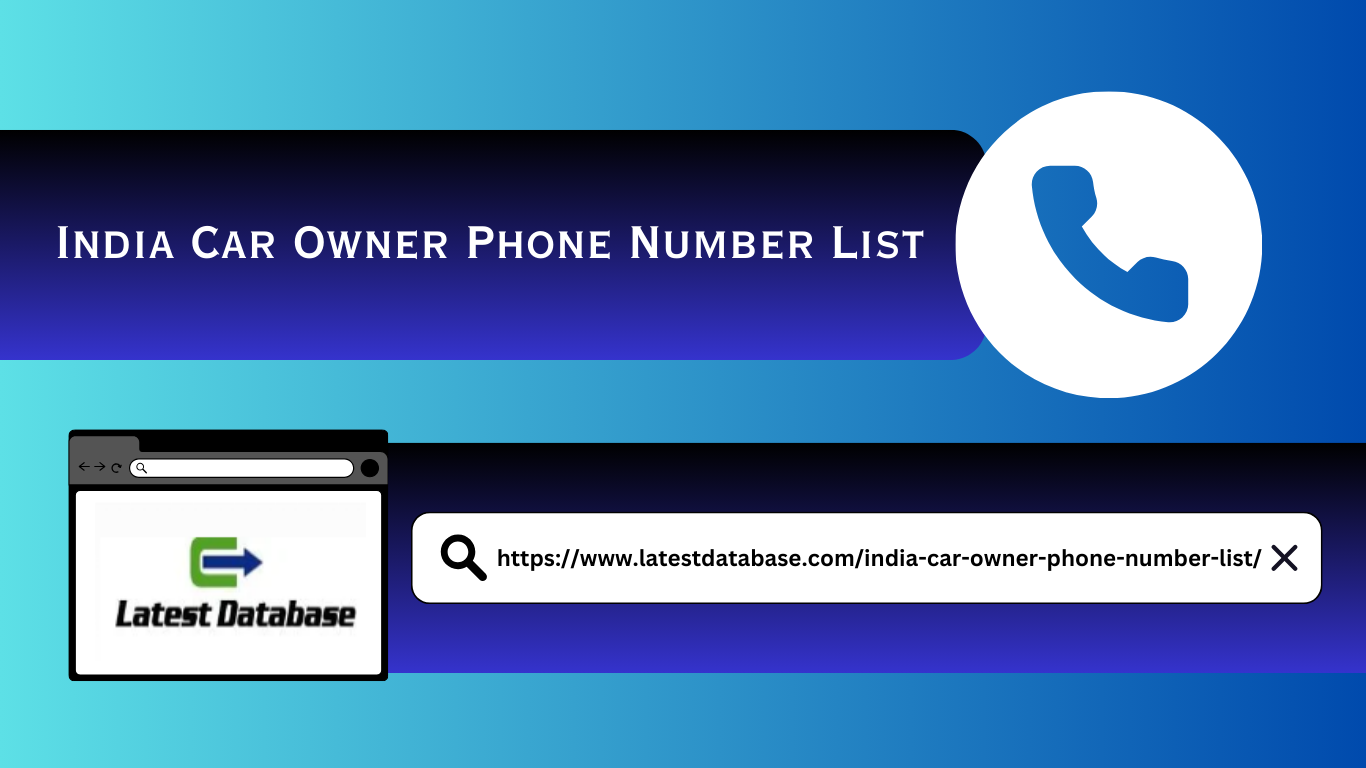First of all, we need to create an exclusive consumption scene. When creating the scene, we can create a sense of exclusiveness by carefully designing exclusive spaces for women (such as makeup-friendly scenes, child-rearing scene-friendly), and we can also build exclusive consumer service systems for women, such as Starting from women’s material needs, traditional service scenes are refined and upgraded; starting from women’s psychological needs, emerging service scenes have diverse personalities; secondly, they can create consumption scenes that favor women’s visual preferences. Vision is the most important sense for humans to receive external information, and most information reception relies on vision. Men pay more attention to functions and parameters when purchasing products, while women are more likely to be attracted by beautiful and beautiful scenes, so they are more willing to pay for excellent ideas. We often see women taking photos everywhere in internet celebrity check-in spots. Therefore, we must start from a visual perspective to create more consumption scenarios preferred by women. Finally, it strengthens the social attributes of women’s consumption scenes from multiple dimensions such as sports, emotions, and spirit. For example, Tea'stone, a new Chinese tea brand originated in Shenzhen, interprets traditional tea culture in a modern way through the creation of tea + retail + social space. According to relevant statistics, about % of customers are female consumers. Female friends meet for afternoon tea, chatting and narrating stories to maintain their relationship. On Women's Day this year, the Shanghai Xintiandi store launched the Spring Tea Party Set, which combines Kao Peony or Dark Red Rose tea with beautiful pastries under the roses. It has both beauty and beauty effects and is deeply loved by female consumers. In short, today's women have more and more personality labels, and embracing diversity is a symbol of the times. As generations change, they are defining their own lifestyle in their own way. Based on this, Nestlé chose to use pop-up stores to explore the direction of the brand's future transformation. Nestlé opened a coffee pop-up store called "Sense CAFE" in the Orange Hall of Sanlitun, Beijing. The store not only provides coffee, but also provides the following five "feelings": sense of self, freshness, security, belonging, and accomplishment. . As the market test was well received, Nestlé Group built "Sense Cafe" into a high-end brand in 2016 and released the physical product Yunnan Coffee Flavor Box. As mentioned above, this type of pop-up store is mostly for the purpose of testing the market, using novel scene ideas to build momentum for the official launch of subsequent products or physical stores.
And once the market response is dull, the brand can also turn around in time and abandon the pawn to save the handsome. 3. How to create a high-quality “pop-up store”? Of course, not all pop-up stores can achieve the desired results, and there are many examples of failure and overturning. Why are some pop-up stores so popular, while others are ignored? How should a brand design a high-quality pop-up store? The following principles are for reference. Laying out business districts or popular locations For pop-up stores, a good location is half the battle. Generally speaking, pop-up stores are located in core business districts or places with high traffic in cities. After all, the purpose of opening a pop-up store is nothing more than to publicize To spread and attract traffic, popularity is a prerequisite for success. Of India Car Owner Phone Number List course, if conditions permit, it is also a good idea to open a pop-up store outdoors. As people's awareness of environmental protection continues to increase, exploring oneself and returning to nature is becoming a new trend.

And in Hainan, the Sanya Edition wine scene. Dior adopted a blue pattern that is consistent with the swimming pool. The pop-up store is adjacent to the swimming pool, with a large number of rest areas set up on the side. The overall design style is integrated with the Hainan tropical style. Brand elements are exposed and the visual impact is strong. As a form of presentation independent of the store, pop-up stores also need to carry the core elements of the brand (such as LOGO), use strong visual impact to attract consumers to the store to experience check-in, and Continuously strengthen their memory of brand symbols. Take LV as an example. In 2016, LV’s pop-up store at the Sanlitun Red Hall in Beijing integrated art and nature. At first glance, I thought this was an environmentally-themed art exhibition. The bright colors and artistic display provide a strong visual impact, making people want to take pictures with their mobile phones as soon as they enter the door. Observing the parts carefully, it is not difficult to find that whether it is the plant-shaped LOGO on the wall or the iconic LV print pattern on the carpet, they are all revealing the core elements of the brand. It is these design ingenuities that allow LV to continuously seize users' minds and further strengthen consumers' memory of this symbol. Set check-in gifts to improve user experience. The famous "peak-end effect" emphasizes that people can often only remember two parts of their impression of an event. One is the strongest moment during the experience, and the other is at the end of the event. feelings. IKEA cleverly takes advantage of this. They set up Yuan ice cream at the exit to let customers rate the trip with stars. For brands, the setting of pop-up stores can also follow the "peak-end effect". Improve the user's tour experience by setting check-in points, mini-games, or preparing commemorative gifts. Take the Miss Sixty x ANDRÉ SARAIVA pop-up store in Chengdu IFS Plaza as an example.
|